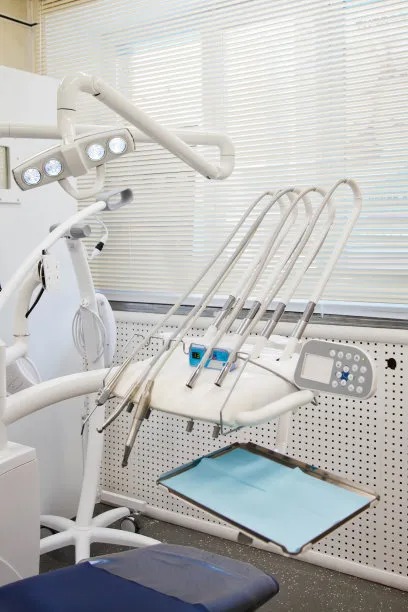Essential Precautions to Ensure Safe and Effective Root Canal Treatment for Patients and Dentists
Summary: Root canal therapy is a crucial dental procedure aimed at restoring tooth health by removing infected pulp. To ensure the safety and effectiveness of this treatment, both patients and dentists must adhere to essential precautions. This article outlines four critical aspects—pre-treatment evaluation, use of advanced technology, effective infection control measures, and post-treatment care—that play a significant role in ensuring successful root canal outcomes. Understanding these factors can enhance patient trust and promote better overall dental health.
1. Pre-Treatment Evaluation and Planning

The first essential precaution involves thorough pre-treatment evaluation and planning. Dentists must conduct a comprehensive examination of the affected tooth, including taking radiographs to assess the root canals anatomy. This can identify complicating factors, such as curved or calcified canals, that may require tailored approaches for successful treatment.
Moreover, understanding the patients dental and medical history is crucial. This includes reviewing any allergies, previous dental treatments, and existing health conditions that may influence the root canal procedure. By creating a detailed treatment plan, dentists can anticipate potential challenges and address them effectively during the procedure.
Clear communication with the patient during this phase is equally important. Educating the patient about the procedure, its benefits, and possible complications helps alleviate anxiety and fosters a cooperative environment. This rapport boosts patient confidence and encourages adherence to post-treatment care guidelines as well.
2. Use of Advanced Technology in Procedures
Modern dentistry has seen significant advancements in technology, which play a pivotal role in the safety and effectiveness of root canal treatments. Utilizing dental magnification loupes or surgical microscopes allows for more precise visualization of the root canal system. Enhanced visibility permits dentists to identify and treat issues that may otherwise go unnoticed.
Furthermore, the incorporation of advanced digital imaging techniques, such as cone-beam computed tomography (CBCT), provides an in-depth view of complex root anatomy. This imaging facilitates accurate diagnosis and helps in planning the most effective approach tailored to each patients needs.
Additionally, employing rotary endodontic instruments can significantly increase efficiency and accuracy during treatment, allowing for faster cleaning and shaping of the canal. These innovations reduce treatment time and minimize discomfort for patients, ultimately contributing to more favorable outcomes.
3. Effective Infection Control Measures
Infection control is a paramount concern during root canal treatments to ensure both patient and practitioner safety. The use of sterile instruments is a fundamental precaution. All instruments must be properly sterilized, and barrier techniques, such as single-use gloves, masks, and protective eyewear, should be adhered to.
Moreover, maintaining a clean and organized dental operatory is essential to minimize contamination risk. Regular disinfection of surfaces and equipment should be part of the standard operating procedures in any dental practice.
Antimicrobial solutions, such as sodium hypochlorite or chlorhexidine, are often used to irrigate the canal during treatment. These substances effectively reduce microbial load and help in disinfecting the canal effectively. Employing these measures not only protects the patient but also safeguards the dentist against potential infections that may arise from exposure to contaminated materials.
4. Comprehensive Post-Treatment Care
Post-treatment care is vital in ensuring the long-term success of a root canal. Dentists must provide detailed instructions to patients, enabling them to manage discomfort, maintain oral hygiene, and recognize signs of complications effectively. This guidance empowers patients to take an active role in their recovery process.
Follow-up appointments serve as important checkpoints to monitor the healing process and address any issues that may arise after the procedure. Regular evaluations help ensure that the treated tooth is functioning correctly and that no residual infections persist.
Encouraging patients to maintain routine dental visits for check-ups and cleanings further aids in sustaining oral health. A proactive approach significantly reduces the chance of future complications related to the treated tooth and supports overall dental well-being.
Summary:
Ensuring safe and effective root canal treatment requires meticulous attention to several critical factors. From pre-treatment evaluations and innovative technologies to rigorous infection control and dedicated post-treatment care, each step plays an integral role in the overall success of the procedure. Understanding and adhering to these essential precautions not only enhances treatment outcomes but also fosters trust between patients and their dental care providers.
This article is compiled by Vickong Dental and the content is for reference only.


